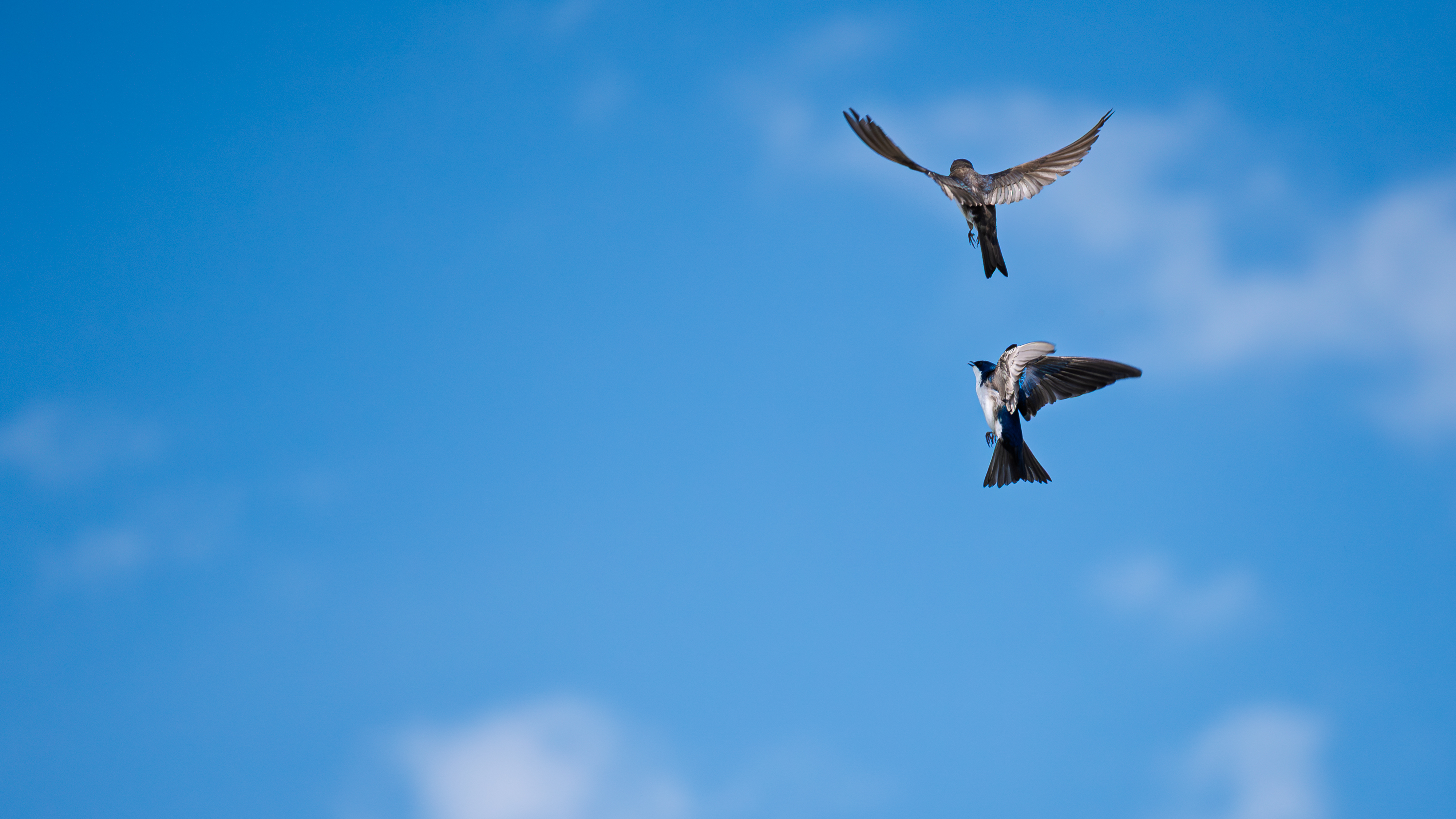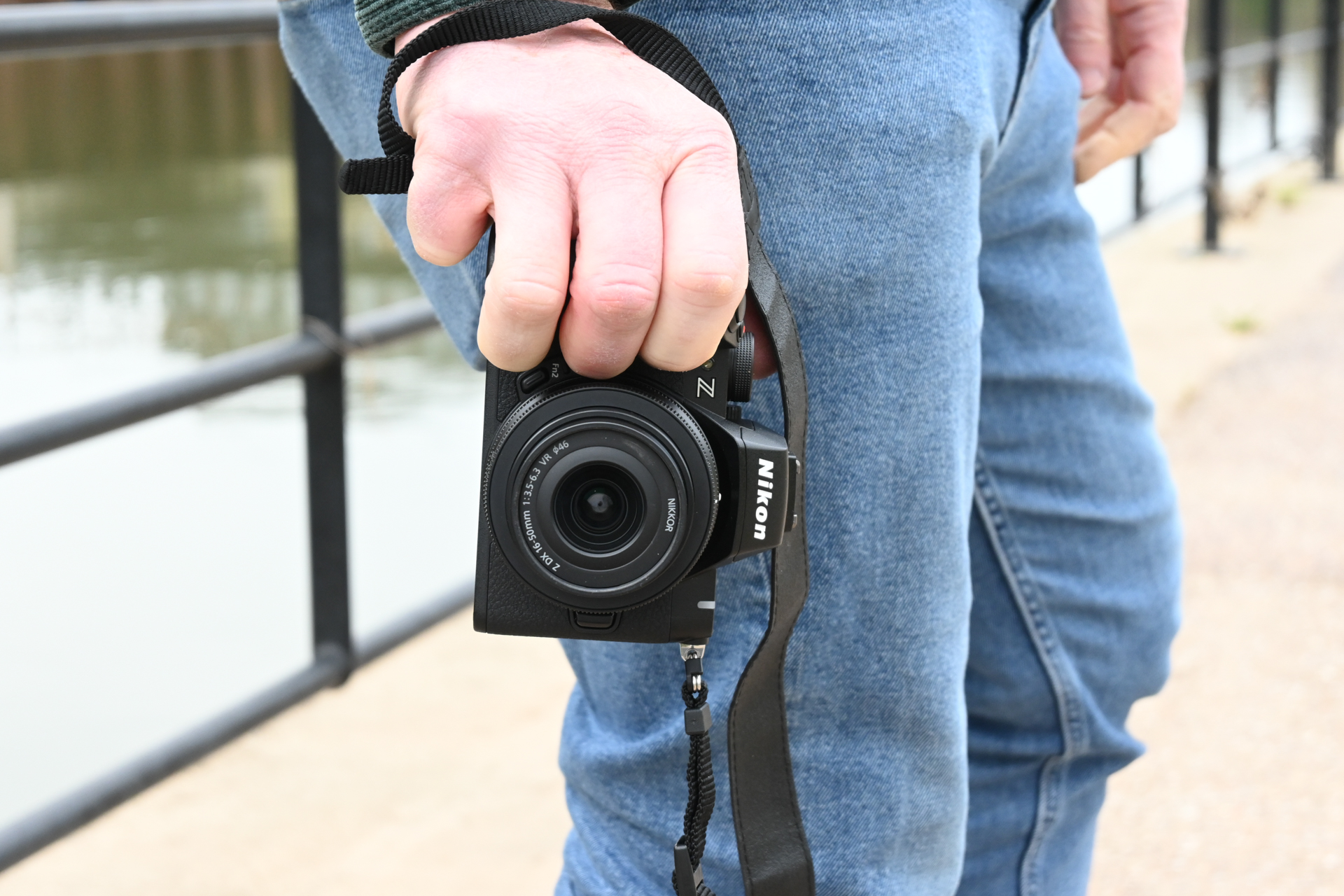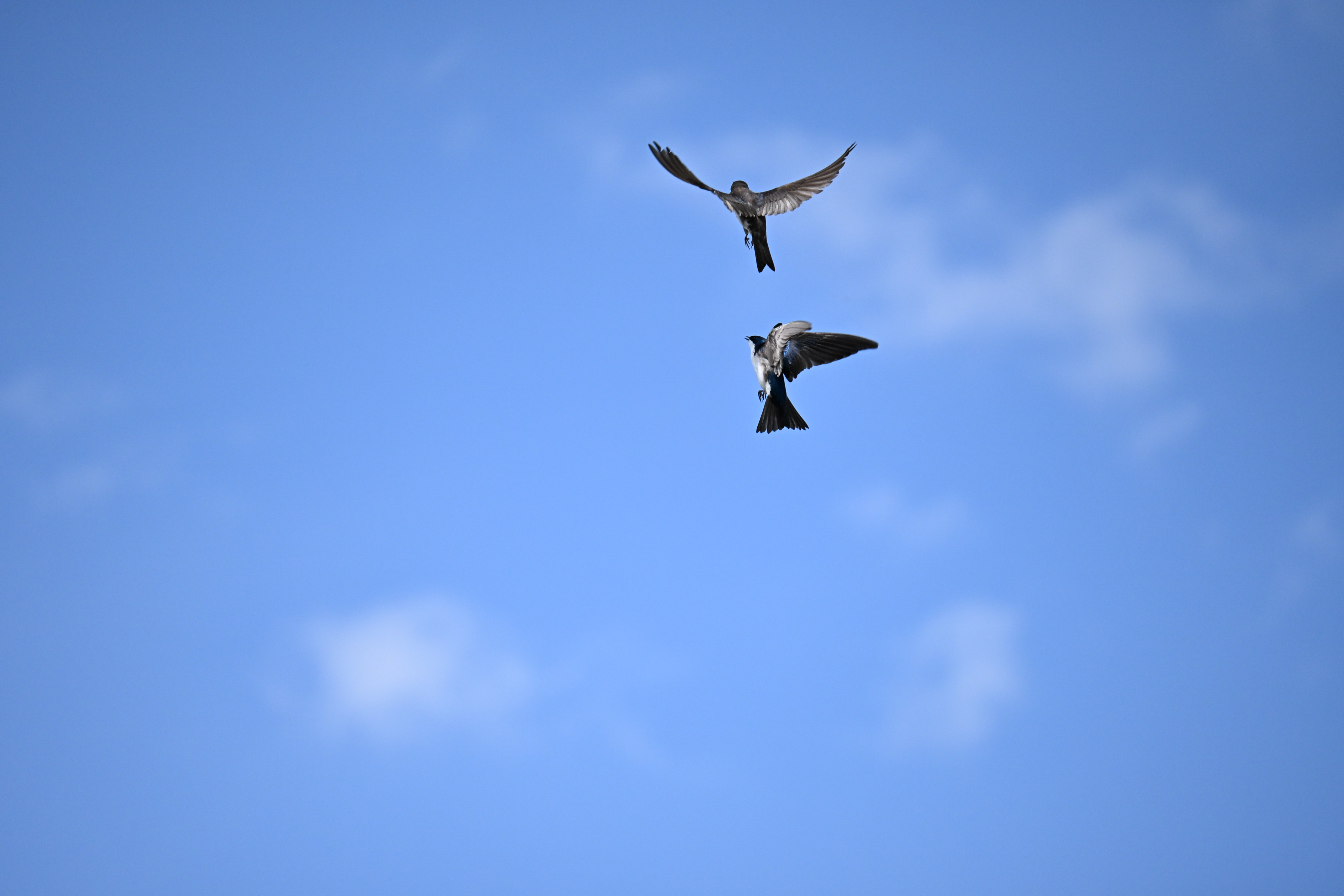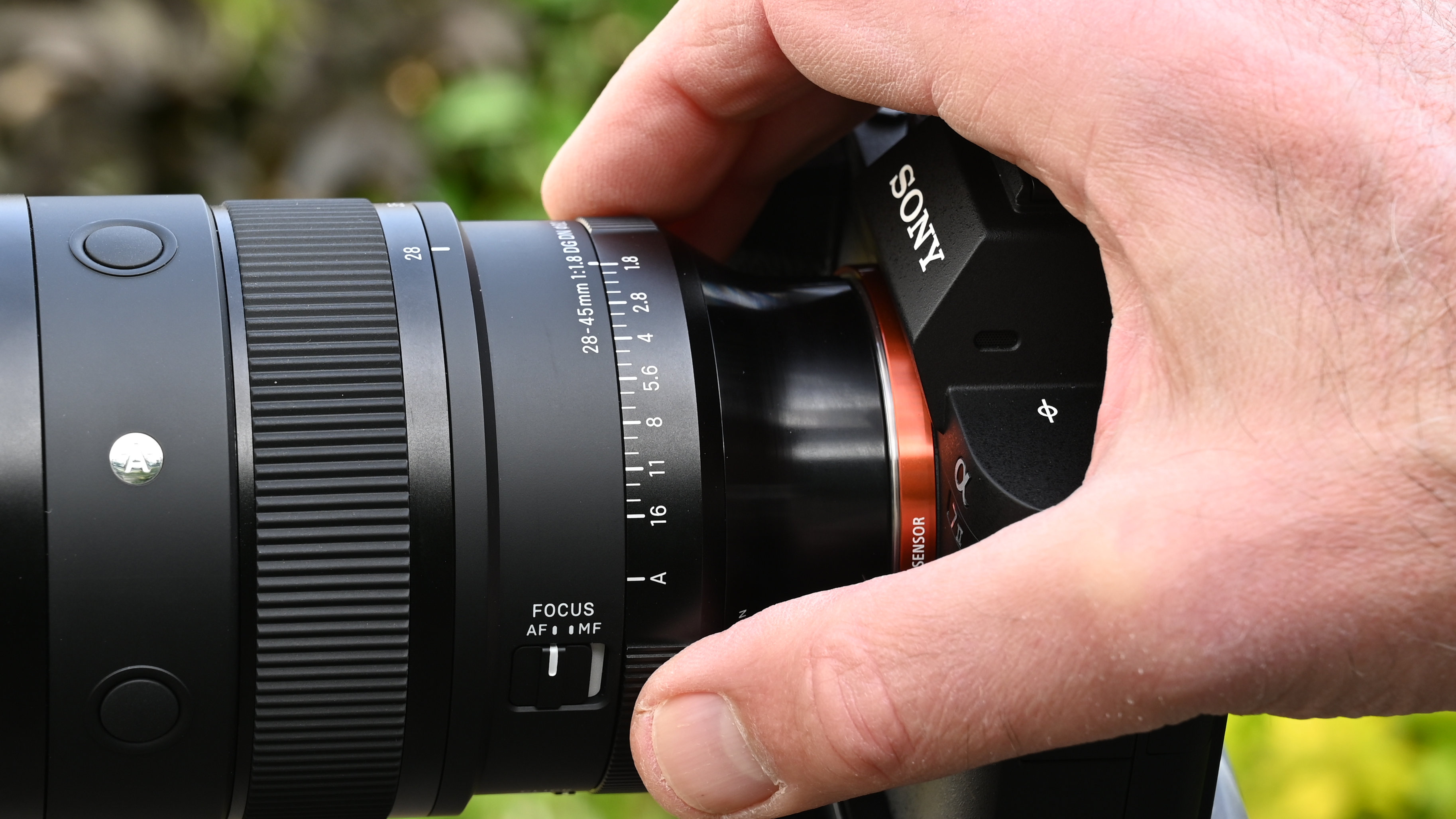I can’t believe I nabbed this shot of birds in midair with a cheap mirrorless camera. Is this evidence of how far autofocus technology has come, or just dumb luck?
This shot from the Nikon Z50 II is the perfect example of how far autofocus technology has come, even on cheap cameras

I was out birding when I saw two tree swallows squabbling in mid-air. When I pulled the camera up to my eye, I was dubious that I would get a shot. Autofocus tends to struggle the most with objects that are fast and small, and the tree swallows – already in flight and moving erratically – certainly fit that description.
But perhaps the biggest reason I was surprised to get the shot? I was using a cheap mirrorless camera and an even cheaper lens: the Nikon Z50 II and the Nikkor Z DZ 50-250mm f/4.5-6.3 VR.
When I pulled the previews up on the back of the camera, I was surprised to find that the animal detection autofocus had locked in on the birds on a handful of shots. Luck? Perhaps, but I think the shot is more likely evidence of just how far autofocus technology has come in the last few years.
Yes, a majority of the shots were out of focus. But before the invention of animal detection autofocus, I would have needed to keep the birds positioned perfectly within the selected autofocus area.
And since I’m just a hobbyist when it comes to wildlife, and my skills are rusty enough that I also have several shots where the birds aren’t even in the frame, I don’t think I would have been able to capture the same shot five years ago.
Could a professional wildlife photographer with pro-grade gear do so, even before the invention of animal detection autofocus? Of course. Or the determined budget hobbyist with an old DSLR and the patience to try and try again? Probably.
But I blame the advancement of intelligent autofocus for getting the shot without planning or patiently watching the swallow’s nest (which I did do, later, after this spur-of-the-moment shot).
The best camera deals, reviews, product advice, and unmissable photography news, direct to your inbox!
The advancement of intelligent autofocus is empowering both more affordable cameras and newer photographers to capture more challenging shots. Small and fast movement is traditionally one of the most challenging scenarios for a camera’s autofocus.
Tree swallows are among my favorite birds for their iridescent teal feathers along the back of the males, but the birds’ small and fast movement usually means I tend to capture them just sitting on branches, not duking it out (or was it flirting?) in the sky.
I wasn’t surprised that I managed to get a few in flight, leaving the nest – I could focus on the hollow tree trunk that the birds built the nest in, and keep the bird largely in the same focal plane. But to get a shot in focus with no preparation? I think that speaks to how far camera autofocus technology has come.
Six years ago, I wouldn’t have been able to take a similar shot without carefully keeping the birds within the selected focus area or manually moving the autofocus point – something that is exceptionally hard to do when photographing birds already in flight.
But animal eye AF first arrived on the scene in 2019, rapidly expanding to more brands, and now it's even trickling down to camera models that are far more entry-level.
Pricier gear would have likely gotten the birds even sharper, with shutter speeds beyond the Z50 II’s 1/4000 sec, while I think faster burst speeds would have left me with more to choose from. (I took this shot at 11 fps; the Z50 II reserves its 30 fps mode for JPEG only.)
A longer, brighter lens would have also brought the birds in closer and created less high ISO noise. The shot doesn't look as great at 100% as some of the pricier cameras that I've used in the past.
I did edit the RAW shot, cropping in closer, color editing to bring out that iridescent teal, and using Lightroom's denoise to help cut back some of the noise that's typically with using super fast shutter speeds on a crop sensor camera. The untouched JPEG looks like this:
The advancement of entry-level cameras in difficult genres like wildlife photography isn’t exclusive to Nikon, either.
When I set out on this particular photo walk, I had a borrowed Nikon Z50 II on one side and the Canon EOS R10 (DCW’s current budget pick for the best wildlife camera) on the other, setting out with the purpose of exploring just how good (or bad) cheap cameras are at some of the toughest photography subjects.
The R10 was similarly able to lock on to swallows in flight – and has the benefit of access to longer cheap telephotos like the RF 100-400mm f/5.6-8 IS USM (which is, admittedly, pricier than the Nikkor 50-250mm). I simply didn’t have a second opportunity with two swallows playing mid-air that I did with the first shot that I took.
Animal detection autofocus is lowering the entry into amateur wildlife photography – and that’s a great thing. Cheap cameras still have their limitations, but I think the entry-level cameras of today are far more capable than the affordable models of ten or even just five years ago.
You may also like
Inspired? Browse the best cameras for wildlife photography along with the best lenses for bird photography and wildlife. But don't overlook what you can do with the best cheap cameras!

With more than a decade of experience writing about cameras and technology, Hillary K. Grigonis leads the US coverage for Digital Camera World. Her work has appeared in Business Insider, Digital Trends, Pocket-lint, Rangefinder, The Phoblographer, and more. Her wedding and portrait photography favors a journalistic style. She’s a former Nikon shooter and a current Fujifilm user, but has tested a wide range of cameras and lenses across multiple brands. Hillary is also a licensed drone pilot.
You must confirm your public display name before commenting
Please logout and then login again, you will then be prompted to enter your display name.


